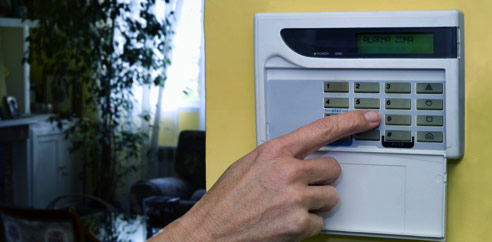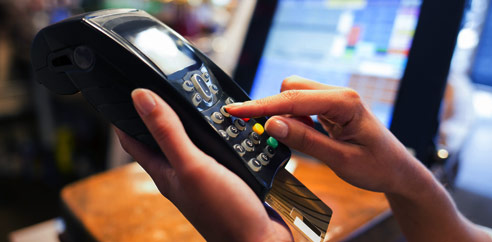How to Keep your Business Secure & Prevent Employee Theft
Preventing employee theft used to only involve stopping a worker from walking out with your goods or helping himself to the money in the cash register. Take, for example, a recent incident at the Home Depot in Watertown, Mass., as reported in the Watertown Patch.

Home Depot security officers, who suspected an employee of stealing, caught him allegedly grabbing a $100 bill from the register and putting it in his apron. After he was arrested, the suspect admitted to taking approximately $5,000 in cash over five or six weeks.
While this type of theft still clearly occurs, times have changed, and employees have turned to more sophisticated ways to steal everything from merchandise to data from their employers.
Here are a few old school and cutting-edge ways to prevent your employees from stealing from your business;
IP Video Surveillance. Those security guys at Home Depot would have had an easier time catching their thief if they had installed Internet Protocol (IP) cameras. Retailers big and small can integrate IP video surveillance with their cash registers to capture precise images of every transaction, helping to cut down on employee theft.
When integrating video surveillance within your business security system, you can add streaming network security video, allowing you to log-in and view any camera on your system from any computer or smart phone with an Internet connection — preventing employee theft even when management isn’t in the store.
Access Control. In a corporate setting, an access control system controls physical access to your office by your employees. These can range from simple (yet employee-specific) security cards to sophisticated biometric systems using fingerprints or facial recognition technology. By utilizing an access control system, management can keep track of who is in the office, and at what time. If dozens of computer systems disappear over the weekend, it’s easy to see which employee gained access to the office.
RFID Tags. Business can use RFID tags to secure and monitor electronic devices tablets and laptops that aren’t supposed to leave the office. So if someone tries to leave building, an alert will be sent out when that person nears the exit and security will stop that person. Retailers can also use RFID (radio frequency identification) technology in the same way to stop merchandise theft by both employees and customers.
Data Encryption/Data Loss Prevention Technology. Disgruntled employees might try to get revenge by stealing corporate data when they leave a company. Businesses should ensure they protect their sensitive data with passwords or by encrypting files and folders and specifying who is allowed to access that information.
Additionally, data loss prevention technology will enable companies to determine if an employee is trying to steal sensitive data before stopping it from being distributed outside the company network via email, instant messaging, thumb drives, etc.
Signs, Signs, Everywhere a Sign. There are a number of red flags businesses can look for in employee behavior to ward off theft. For example, is there an employee who hasn’t taken a vacation in several years? That’s because many instances of theft are discovered while the perpetrator is on vacation. What about changes in conduct? Is an employee acting differently with managers and co-workers than he usually acts? Does he show signs of alcohol or drug abuse? Is he more prone to emotional outbursts?
Finally, if you discover one of your employees is stealing from you, dismiss that employee immediately – you should have a policy in place that details what happens in that case. Doing that will send a message to the rest of your workforce that you will not tolerate employee theft.
Next Steps:
- Subscribe to our blog to receive the full blog series via email and stay informed about the latest security news and insight.
- Stay up to date on security topics such as home alarm systems, business security systems, video surveillance systems, ip video networks, remote video monitoring, fire alarm systems, and fire alarm inspection.

















